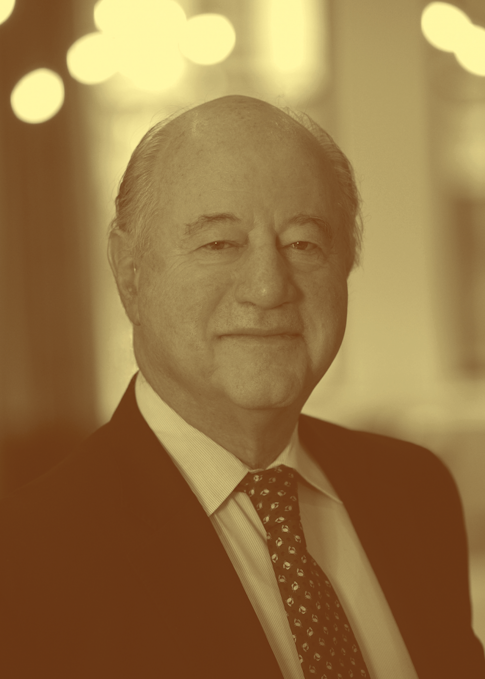A Conversation With Gerald Fischbach

How has SFARI shaped our understanding of autism?
We were rebellious right from the start. What SFARI did was identify a class of genes that have strong correlations with autism. Mike Wigler, who is an imaginative geneticist, thought the great majority of cases might be due to a kind of new (de novo) genetic mutation that destroyed the encoded protein. That’s where we initially directed attention — to use mutations that arise anew in the child who is on the autism spectrum and that are not mutated either in the parent or in unaffected siblings. That’s how the Simons Simplex Collection (SSC) arose.
What did you learn after you began finding mutations?
First we focused on mutations that destroy the gene being encoded. But it became clear that this was the easy part; there were other mutations that didn’t destroy the protein but modified it. We were breaking new ground to understand those variants and how they might modify the protein, which took sophisticated tools of computational biology. Rich Bonneau and Olga Troyanskaya of the Flatiron Institute’s Center for Computational Biology were very important in this effort.
Then the genetics got even more complicated. Mutations are turning up in parts of the genome that don’t directly encode proteins. They are in the great wilderness of noncoding DNA, which is 10 times greater than coding DNA. These mutations can affect how much or how little of the encoded genes is expressed. That is new territory. Recently, Olga Troyanskaya has published an important paper that makes strong predictions on the impact of mutations in the noncoding DNA on autism.
When SFARI first started, did people have a sense of how many genes were involved in autism?
When we started this whole project, there was one convincing autism-related gene for sure, discovered in 2003. Now there are more than 150. There has been an explosion in genetics from the Simons Simplex Collection (SSC) and also from many other groups. Between SFARI and SPARK, we were initially and continue to be — a leader in discovering new mutations.
How has SFARI shaped the autism research community?
SFARI has had a big influence beyond genetics. We brought in people who had never been involved in autism research before. They are now working in autism, incorporating computational biology and biophysics in addition to the genetics. We have trained hundreds of postdocs who are now carrying on and seeding the field.
How is SFARI moving beyond genetics?
The reported prevalence of autism has increased so much in the last 15 years, it can’t all be due to new mutations. Now we are also thinking about environmental influences and immunological mechanisms that might contribute to, and perhaps influence, the genetic outcomes.
What is an example of a possible environmental influence?
An interesting notion first proposed by Paul Patterson, then at Caltech, is called Maternal Immune Activation (MIA). Something may happen in the first or second trimester of pregnancy that causes some women to produce antibodies directed against the brain tissue of the fetus. You can mimic this process in pregnant mice, who produce offspring that exhibit autism-like behaviors, avoiding contact with other mice and burying marbles over and over again. This area is attracting more attention. My feeling is that autism will in many individuals result from some combination of environmental influences in a genetically susceptible fetus. That’s what I think SFARI is moving toward demonstrating.
